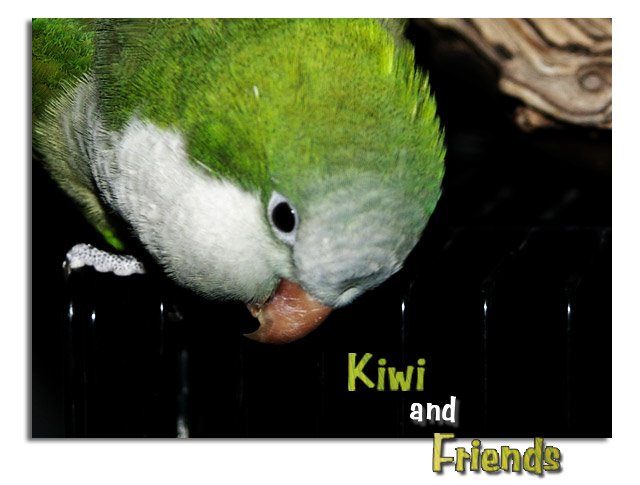 Current palaeontological discourse is closing in on the secrets of the mysterious evolution of flight.
Current palaeontological discourse is closing in on the secrets of the mysterious evolution of flight.  Richard Prum, Ph.D., is one of my favorite researchers of feather evolution. His work proposes that feathers first developed on running rather than climbing dinosaurs as a way of keeping warm. Previous theories argued that gliding dinosaurs developed feathers and birds then evolved from these creatures. Most palaeontologists today classify birds as an extant group of coelurosaurs. Coelurosauria is a group of theropod dinosaurs. Characteristics to this group of dinosaurs include an extended sacrum, a distally stiffened tail and a bowed ulna.
Richard Prum, Ph.D., is one of my favorite researchers of feather evolution. His work proposes that feathers first developed on running rather than climbing dinosaurs as a way of keeping warm. Previous theories argued that gliding dinosaurs developed feathers and birds then evolved from these creatures. Most palaeontologists today classify birds as an extant group of coelurosaurs. Coelurosauria is a group of theropod dinosaurs. Characteristics to this group of dinosaurs include an extended sacrum, a distally stiffened tail and a bowed ulna.  Coelurosaurs include Tyrannosaurs Rex, Velociraptor and Dromaesaurs. Advanced theropods were covered in a fluffy down comprised of papilla with tufts of unbranched filaments. Prum's theory states that developmental mechanisms within the tubular feather germ and follicle gave rise to modern feathers. Dinosaurs such as the dromaesaurs and the archaeopteryx may have been the ancestors of modern day birds. Loosely speaking that would make birds coelurosaurs and DINOSAURS to boot! Have you kissed a dinosaur lately? AARRGH!!!
Coelurosaurs include Tyrannosaurs Rex, Velociraptor and Dromaesaurs. Advanced theropods were covered in a fluffy down comprised of papilla with tufts of unbranched filaments. Prum's theory states that developmental mechanisms within the tubular feather germ and follicle gave rise to modern feathers. Dinosaurs such as the dromaesaurs and the archaeopteryx may have been the ancestors of modern day birds. Loosely speaking that would make birds coelurosaurs and DINOSAURS to boot! Have you kissed a dinosaur lately? AARRGH!!!Daedalus was born without feathers but was a bright mythological human being, yes sir.
 Credited with being the creator of images Daedalus is known for his clever inventions and artifices. Pandering to the urges of King Minos, Daedalus fell victim to the anxious fears of a lizard brained king. King Minos commissioned Daedalus to build him a meandering labyrinth to imprison his Queen's son Asterius, the Minotaur. The labyrinth was virtually inescapable but King Minos feared that Daedalus would reveal the secrets of the labyrinth to the public. To prevent the Minotaur's escape King Minos had Daedalus locked up in a tower and had all sea and land routes under tight surveillance in case Daedalus should ever escape the tower.
Credited with being the creator of images Daedalus is known for his clever inventions and artifices. Pandering to the urges of King Minos, Daedalus fell victim to the anxious fears of a lizard brained king. King Minos commissioned Daedalus to build him a meandering labyrinth to imprison his Queen's son Asterius, the Minotaur. The labyrinth was virtually inescapable but King Minos feared that Daedalus would reveal the secrets of the labyrinth to the public. To prevent the Minotaur's escape King Minos had Daedalus locked up in a tower and had all sea and land routes under tight surveillance in case Daedalus should ever escape the tower.  Knowing well that escape via land and sea was futile Daedalus set out to conceive of a new route: air. Fastening feathers together with string and wax Daedalus fashioned a pair of large wings for him and his young son. Having taught his son to fly he warned the young Icarus not to fly too low in case the feathers be dampened by sea water thus causing him to fall into the sea; not to fly too high for the sun would melt the wax from the armature and cause Icarus to fall to the earth. Having flown some distance Icarus soared high to reach the heavens. The warmth of the sun melted the wax and Icarus fell into the sea. Daedalus wept bitterly lamenting his own craft and named the place where Icarus fell Icaria. Daedalus buried his son and after having reached Sicily he built a temple and hung up his wings in offering to the god Apollo.
Knowing well that escape via land and sea was futile Daedalus set out to conceive of a new route: air. Fastening feathers together with string and wax Daedalus fashioned a pair of large wings for him and his young son. Having taught his son to fly he warned the young Icarus not to fly too low in case the feathers be dampened by sea water thus causing him to fall into the sea; not to fly too high for the sun would melt the wax from the armature and cause Icarus to fall to the earth. Having flown some distance Icarus soared high to reach the heavens. The warmth of the sun melted the wax and Icarus fell into the sea. Daedalus wept bitterly lamenting his own craft and named the place where Icarus fell Icaria. Daedalus buried his son and after having reached Sicily he built a temple and hung up his wings in offering to the god Apollo.Further on-line reading:
http://news.nationalgeographic.com/news/2005/
10/1018_051018_feathered_dino.html
http://en.wikipedia.org/wiki/Archaeopteryx
http://www.npr.org/programs/atc/features/2002/apr/mummies/
http://dml.cmnh.org/1998Dec/msg00317.html
http://www.nurseminerva.co.uk/adapt/feathers.htm
http://people.eku.edu/ritchisong/554notes1.html
http://www.yale.edu/eeb/prum/pubs.htm
http://en.wikipedia.org/wiki/Daedalus
http://www.loggia.com/myth/daedalus.html
http://www.pantheon.org/articles/d/daedalus.html

No comments:
Post a Comment